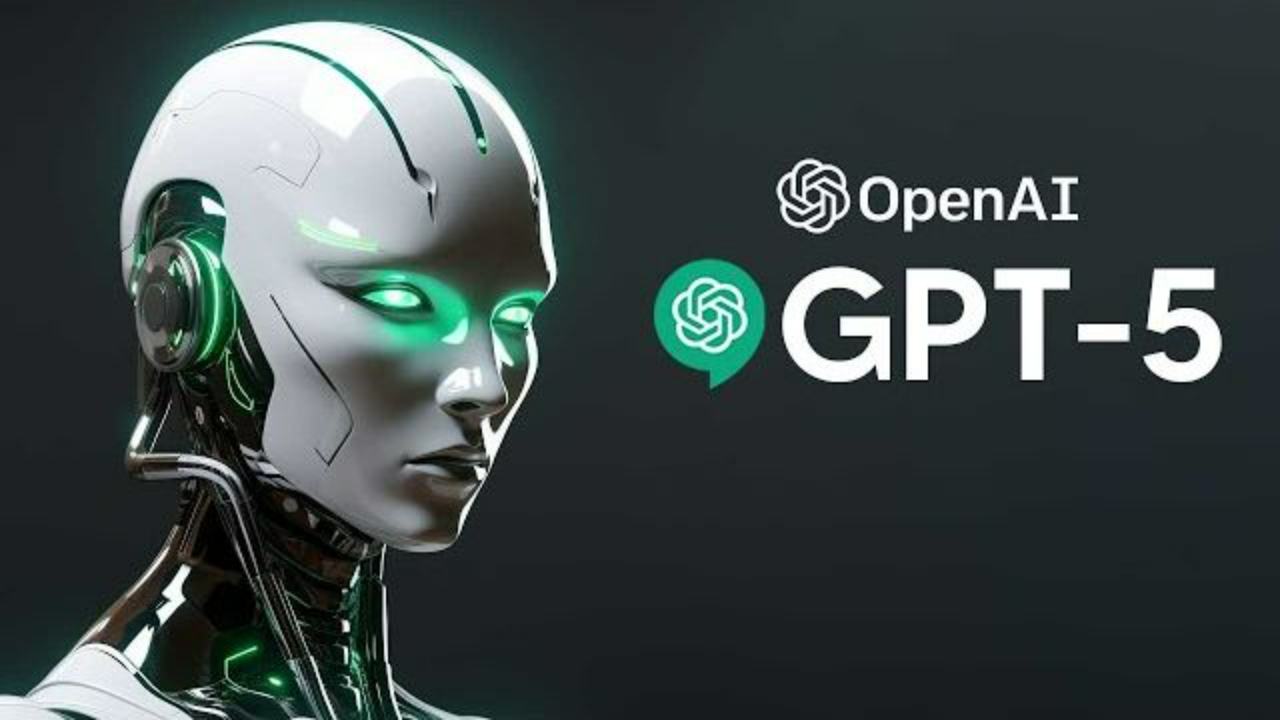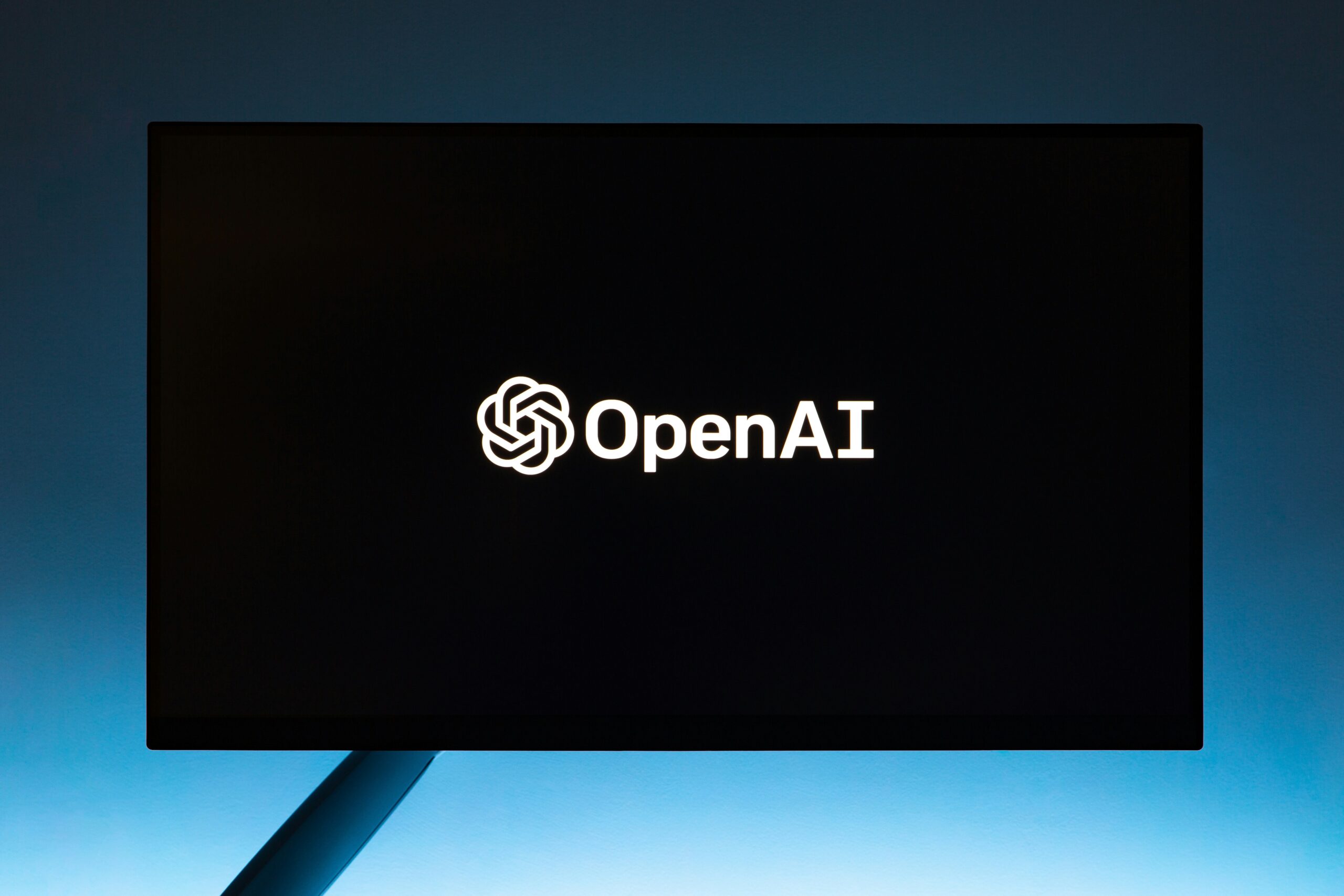When OpenAI launched GPT-5 last week, the company billed it as a streamlined, “one size fits all” AI model, equipped with an automatic router to pick the best approach for any query. The goal: eliminate the cluttered model picker that CEO Sam Altman has openly criticized.
But the rollout didn’t go as planned. On Tuesday, Altman announced three new GPT-5 modes, Auto, Fast, and Thinking, letting users bypass the router entirely. In addition, paid subscribers can now access several legacy models, including GPT-4o, GPT-4.1, and o3. GPT-4o, which was deprecated just last week, is once again in the model picker by default.
Altman also said OpenAI is working on a warmer, less divisive GPT-5 personality, along with more per-user customization options. “One learning from the past few days is we really just need to get to a world with more per-user customization of model personality,” he wrote on X.
The changes follow user backlash over the removal of GPT-4o, whose personality and style had earned a loyal following. GPT-5’s router also suffered performance issues on launch day, leaving some feeling it wasn’t as capable as older models.
OpenAI’s VP of ChatGPT, Nick Turley, defended the rollout, noting the team’s ability to iterate quickly. Still, the challenge of routing prompts effectively remains, balancing user preferences, query type, and response speed in milliseconds.
Beyond speed, users often connect to specific models for subtler reasons: verbosity, creativity, or even contrarian tendencies. This emotional attachment is becoming a new frontier in AI design, evidenced by hundreds of San Francisco residents holding a “funeral” for Anthropic’s Claude 3 Sonnet when it went offline.
For now, GPT-5 is no longer the single, unified model OpenAI envisioned, and the model picker lives on.







